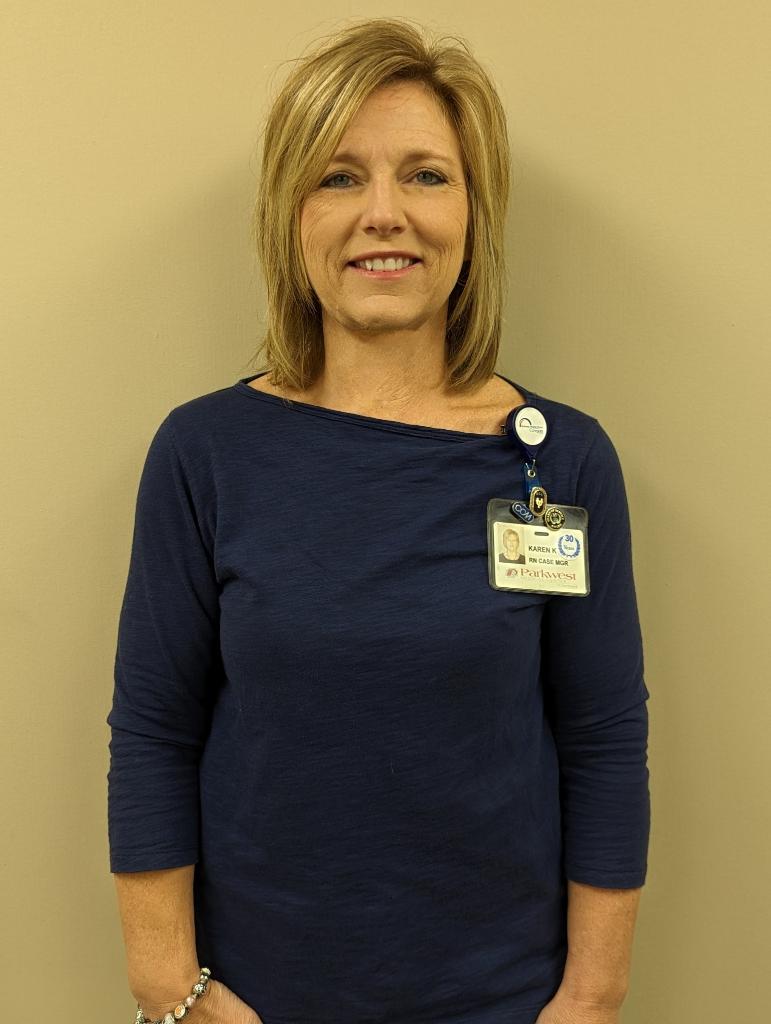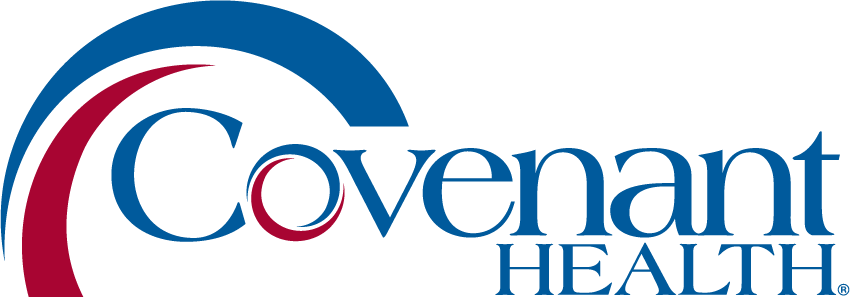Real Estate Agent Benefits from Cardiac Rehab

is enjoying a healthier life.
Last fall, Barbara Stevens and her husband Rodney were putting up their Christmas tree and preparing for the holidays. While waiting for their children and grandchildren to arrive at their
Lenoir City home, Stevens recalls having an odd feeling in her chest.
“I remember that I didn’t feel quite right,” she says. “My husband took my pulse, and it was racing. I felt a stiffness in my neck, but I wasn’t having any pain.”
Her family took her to the nearest emergency room at Fort Loudoun Medical Center. She underwent several diagnostic tests and it was determined that she was having a heart attack. She was stabilized and transported by ambulance to Parkwest Medical Center in west Knoxville.
Heart Attack Care at Parkwest Medical Center
It was in the middle of the night when she met Jeremy Brooks, MD, interventional cardiologist. He performed several diagnostic tests that revealed two blockages in her main arteries.
“ I was 90 percent blocked,” Stevens says. “I didn’t have any pain throughout the entire dilemma, but I was in danger, so they put in two emergency stents.”
A stent is a device placed into the newly opened area of the artery to help keep the artery from narrowing or closing again. Stevens stayed at the hospital for several days to recover.
“Parkwest was wonderful,” she says. “The staff was all very nice to me and I was very impressed with Dr. Brooks. He had a calm bedside manner, and he explained things to me and had some humor.”
Recovery and Rehab
During recovery, Stevens was prescribed cardiac rehabilitation. This program is recommended by a physician for people who have had a heart attack or heart failure, have undergone heart surgery, or had a heart transplant, stent or balloon angioplasty.
Karen Kirkland, RN, is a certified case manager at Parkwest Cardiopulmonary Rehab located at Covenant Health’s Fort Sanders West campus. She monitors patients’ progress and acts as a liaison between the physician and the cardiac team.
She says, “Along with the exercise physiologist, we work with our patients during their program and make necessary adjustments so the routine is tailored to their needs.”
Two weeks after leaving the hospital, Stevens began her five-week regimen. On average most people complete program in five to seven weeks.
“I was surprised that it was five days a week for five weeks,” Stevens says. “But then when I started, went back, and worked with all of the folks, they were so nice and gracious. They worked around my schedule, and I quickly understood how important the five consecutive days are.”
Stevens began her daily 30-minute exercise sessions using equipment including the treadmill, stationary bike and light free weights. She increased her difficulty and intensity levels at regular intervals and began developing stamina and strength.
She reached several milestones and progressed to 40-minute exercise sessions. Stevens returned to work almost immediately after her stent procedure, so after graduating from the five weeks of cardiac rehab, she knew she had to work her new exercise routine into her busy lifestyle.
Reaping the Benefits of Exercise
“She benefited from learning the right kind of exercise that would help her heart,” Kirkland reports. “She was very motivated and learned that even if she was having back pain or other ailments, she could adjust her workout to accommodate her needs that day.

“She was committed to finishing the program, even throughout the holidays, and we were very pleased with her tenacity and her results. She also attended nine education classes and met with a registered dietitian that helped assess her new diet.”
Stevens works with her husband and daughter as a real estate agent. She has five grandchildren and gets to spend time with the youngest after school on weekdays. Stevens and her husband are planning a two-week trip to Israel in the spring and she is looking forward to being able to travel with confidence.
Life Changes
The couple has installed an in-home gym which they both use regularly. She says, “I used to work out but hadn’t been lately. The rehab got me back into that habit. I adapted quickly, and what I learned the most was the difference between exercise versus cardiac exercise that’s good for the heart. I do feel like the exercise routine has gotten me out of a rut.”
She continues practicing exercise movements that work the heart muscle: treadmill, bike, arm machine, dumbbells and stair stepper.
The real estate agent also says the changes to her diet will stick with her. “The biggest diet change I’ve made is to limit sugars and eat less meat. I eat more fish, too. It has been pretty easy to make this change.”
Stevens adds, “I highly recommend all the services that I had at cardiac rehab. Everyone was great — they are friendly, encouraging and you couldn’t ask for a better crew.”
A Healthier You
Cardiac rehab is a medically supervised exercise program for people who have had surgery or a health event involving the heart. The program strengthens the heart muscle through gentle exercise with the guidance and supervision of a team of nurses and exercise physiologists.
The purpose of cardiac rehab is to provide exercise training, emotional support and education about lifestyle changes to reduce the risk of heart disease, such as eating a heart healthy diet, maintaining a healthy weight and quitting smoking.
While you exercise, a health professional tracks your heart rate and rhythm, blood pressure and symptoms. You will most likely exercise (walking, stationary bike riding, arm exercises) three to five times a week for 15 to 60 minutes each time, based on your condition.
Riding a stationary bike, walking on a treadmill and resistance training (working with weights) are types of exercise you may do during cardiac rehabilitation (rehab). Aerobic exercise, strength training and flexibility exercises are common components of cardiac rehab.
Benefits of Cardiac Rehab
The goal of the program is to get patients back to regular daily life as soon as possible. While the first phase often begins in the hospital, patients continue at home or at outpatient facilities, supervised by physical therapists, respiratory therapists and other rehab team members.






